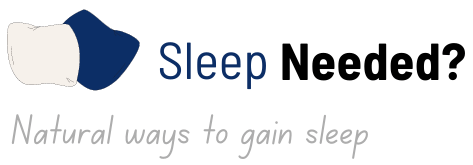As with most sleep disorders your doctor will probably order a sleep study or polysomnogram. This usually entails one or two overnight stays in a hospital, sleep study centre or clinic. The first visit will be to gather data, the second if necessary to have a trial run on the CPAP machine or whatever other remedy the doctor will recommend.
What is a polysomnogram? A polysomnogram (or sleep study) is a multi-component test that records specific bodily activities while you sleep. It is carried out to determine the cause of sleep problems, such as insomnia, narcolepsy, insomnia, restless legs syndrome and shift work sleep disorder. It is generally non-invasive and despite being hooked up to various electrodes I didnâÂÂt find it any more difficult than usual to sleep. For a test in a sleep centre or hospital, you will be in a private bedroom. Technicians attach the surface electrodes to you before you sleep. The readings are recorded throughout the night. The data is analyzed and interpreted by the specialist to determine whether you have a sleep disorder such as sleep apnea and if so to what degree. Sometimes EEG (electroencephalogram) may be done to record brain activity, or an EMG (electromyogram) to record muscle activity such as restless leg syndrome or the presence of REM sleep, or an EOG (electro-oculogram) to record eye movements to determine the different sleep stages, or an (ECG (electrocardiogram) to record heart rate and rhythm, or a nasal airflow sensor to record air intake and a snore microphone to record snoring rate and severity. The captured data will show how long you slept, the depth and duration of your sleep and how often you were awake or disturbed. This data is usually expressed in events per hour, or events per minute.
Sleep studies also can be done with portable equipment you use at home.
Other Sleep Studies. Â Multiple sleep latency test (MSLT). This test measures how long it takes you to fall asleep, and also determines whether you enter REM sleep (deep restful sleep). Maintenance of wakefulness test (MWT). This test measures whether you can stay awake during a time when you are normally awake. If the doctor suspects a problem with your body’s internal clock (circadian rhythm), you may have a test called actigraphy. For this test, you wear a device on your wrist that resembles a watch. The device measures your movement during sleep and waking periods. It helps your doctor learn what times during the day you are active and when you are not.
These studies are an important tool to diagnose and treat sleep disorders.

